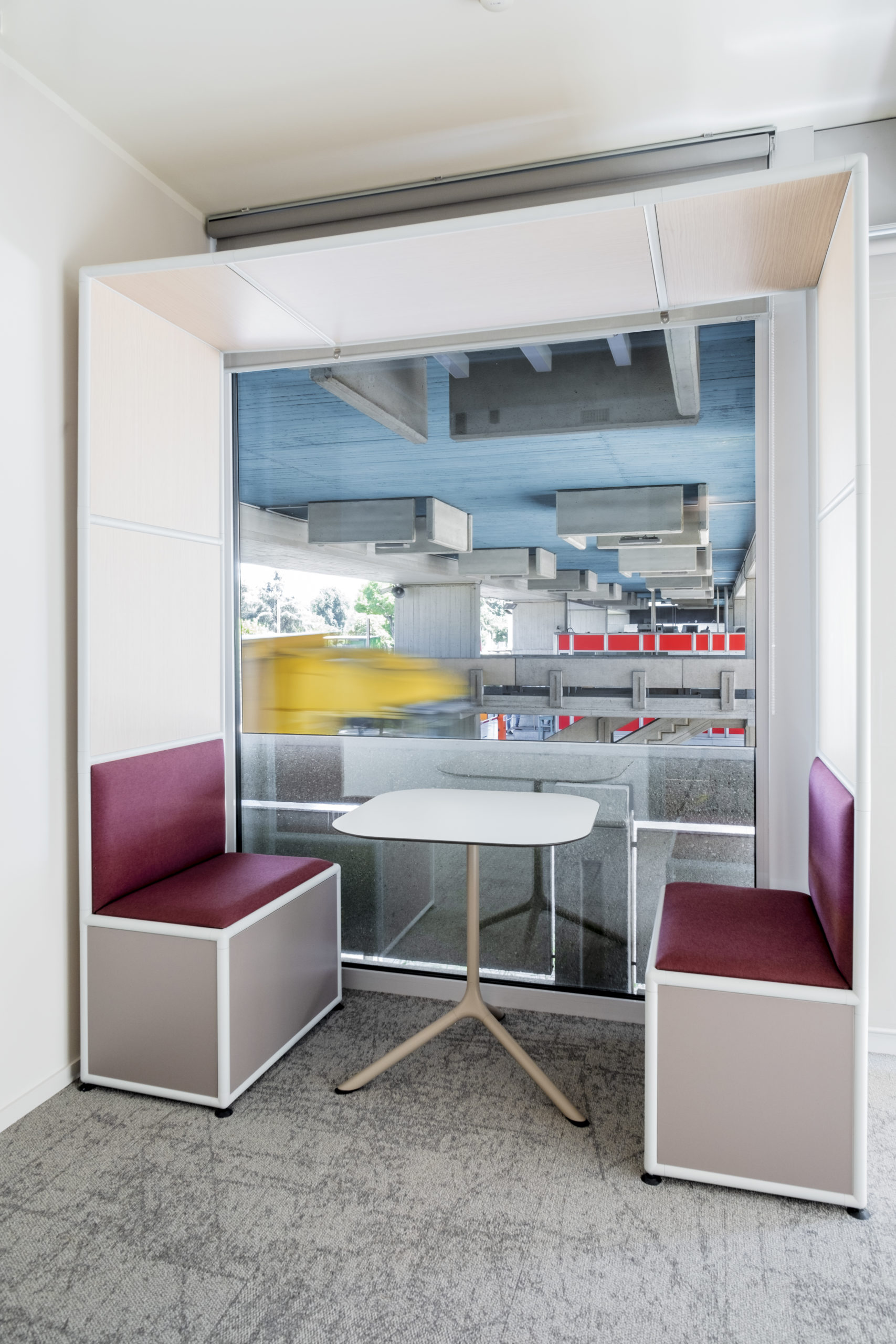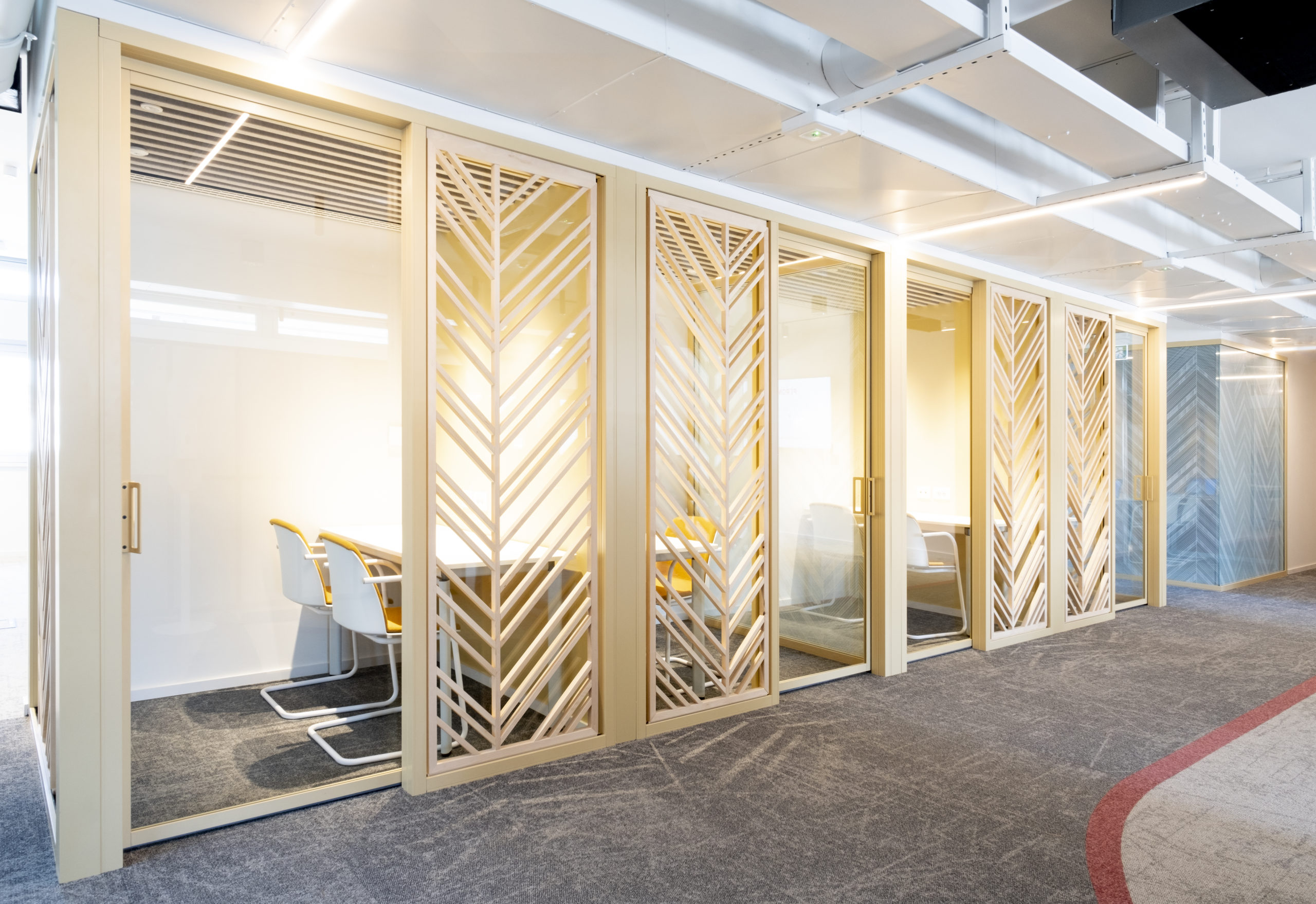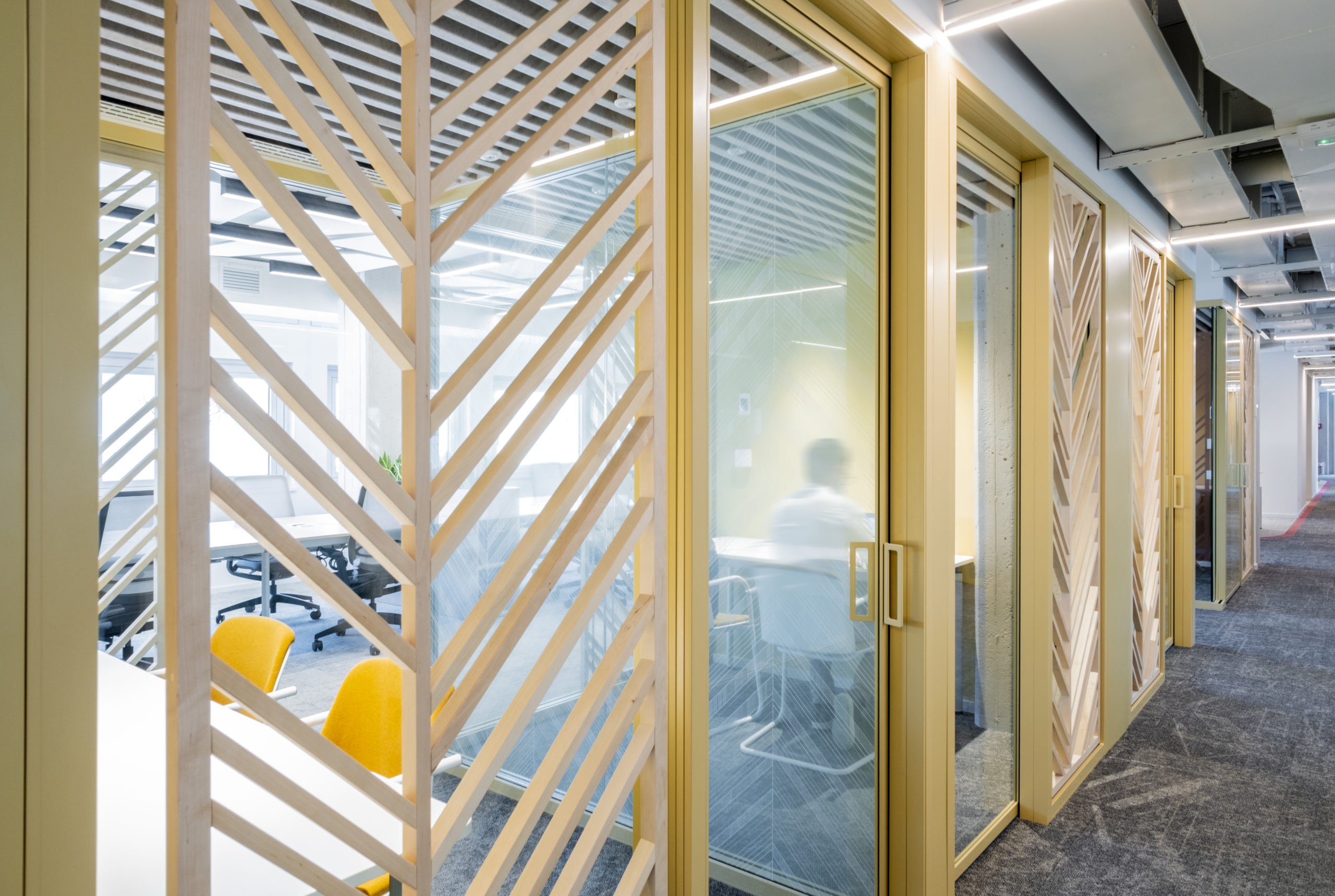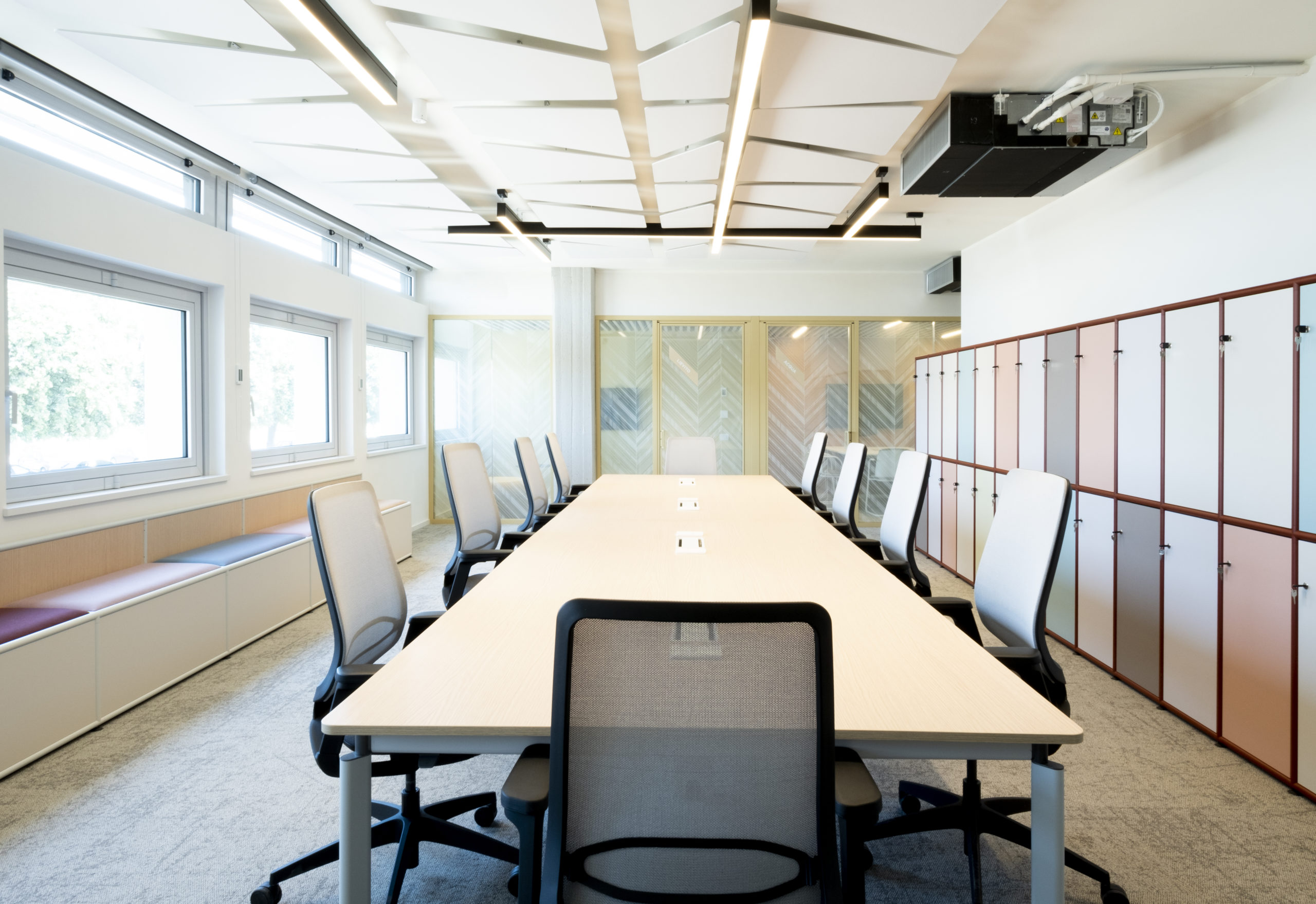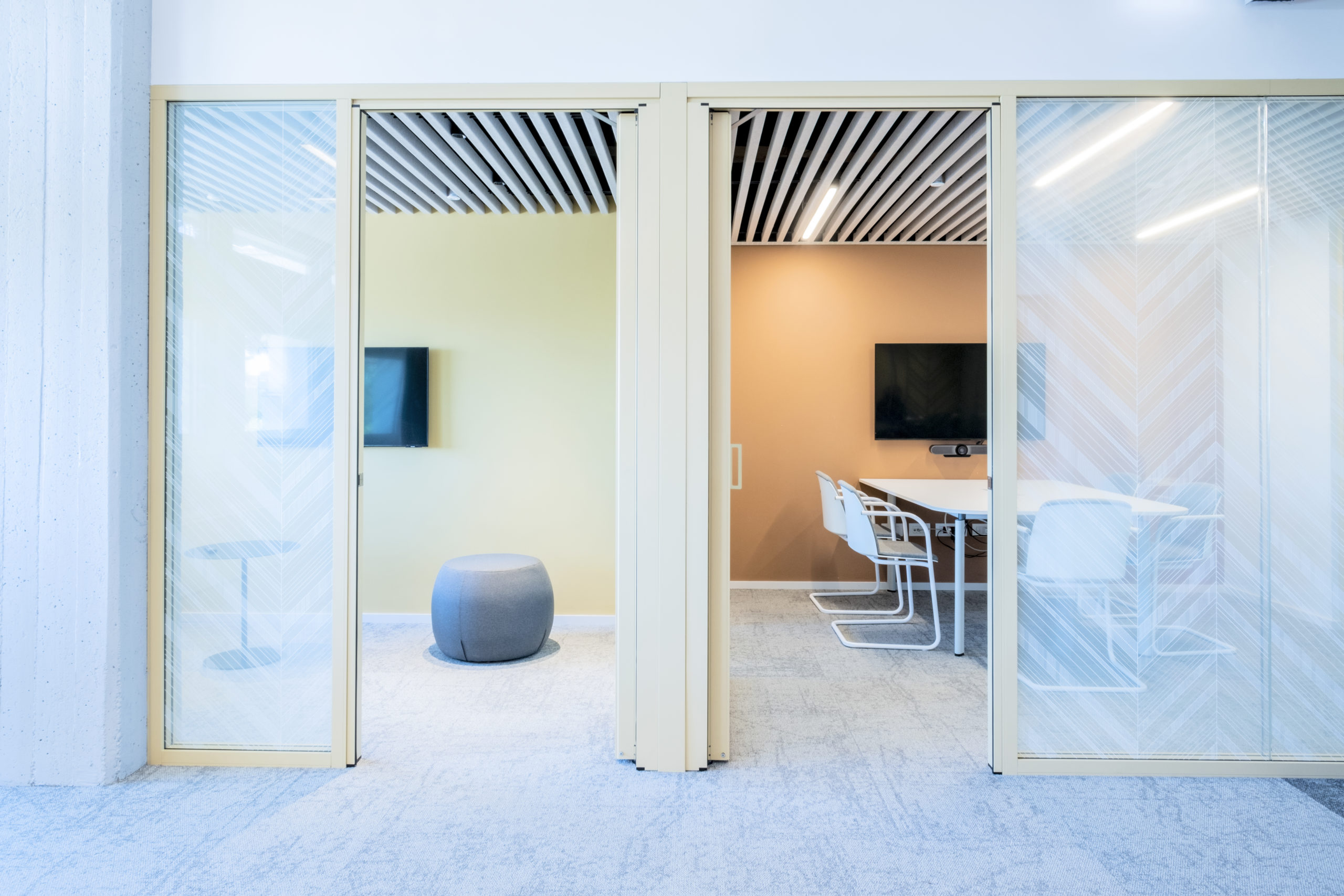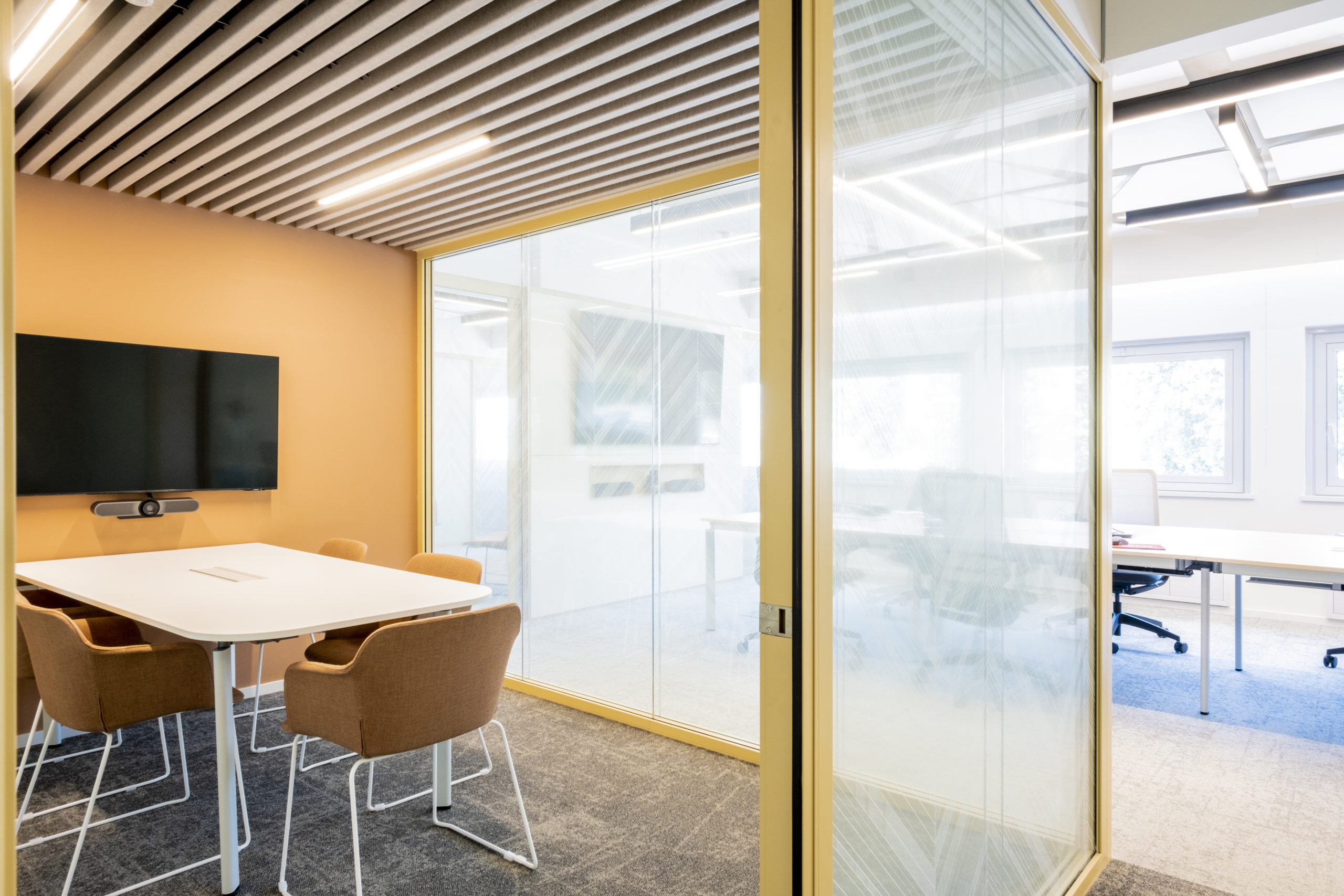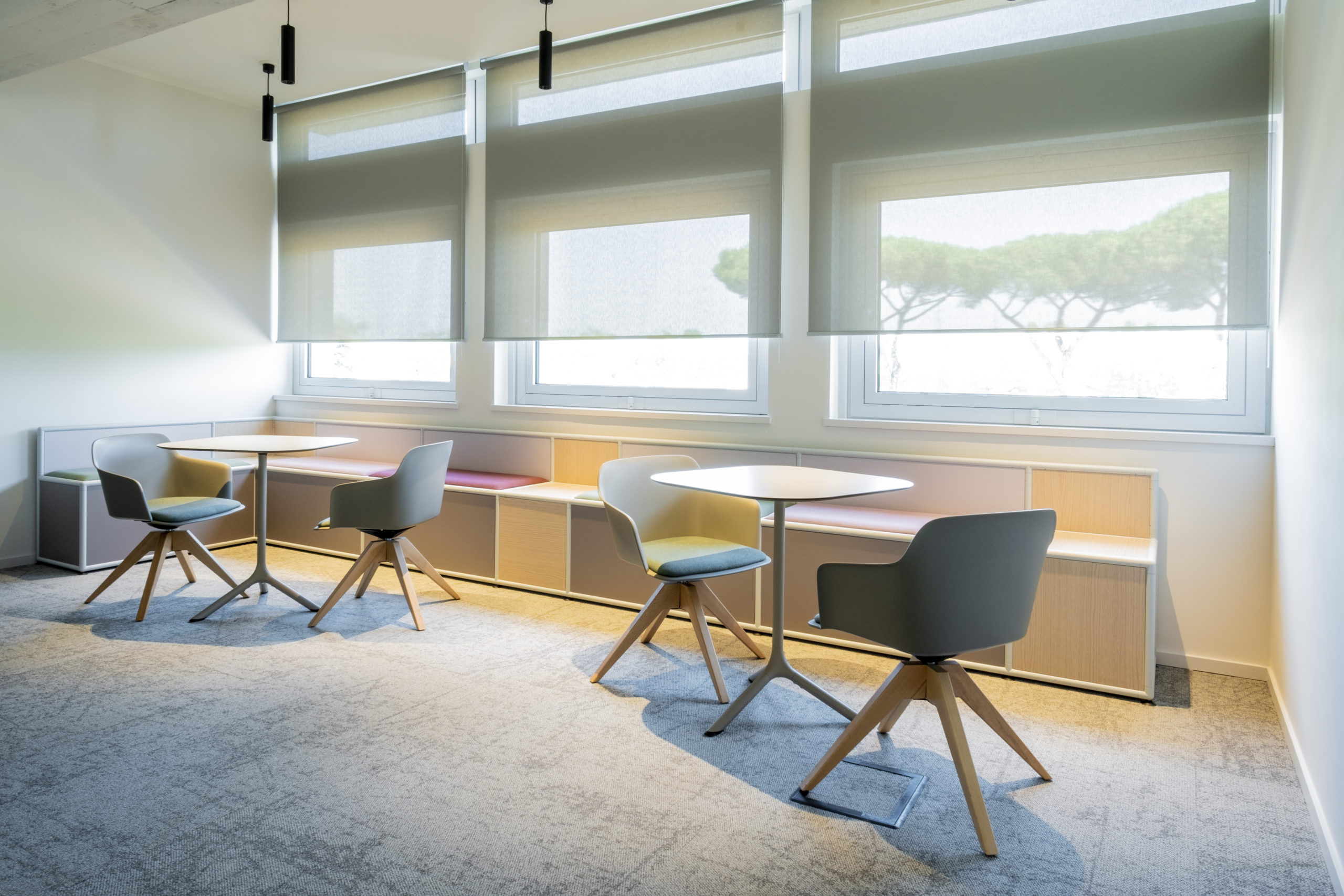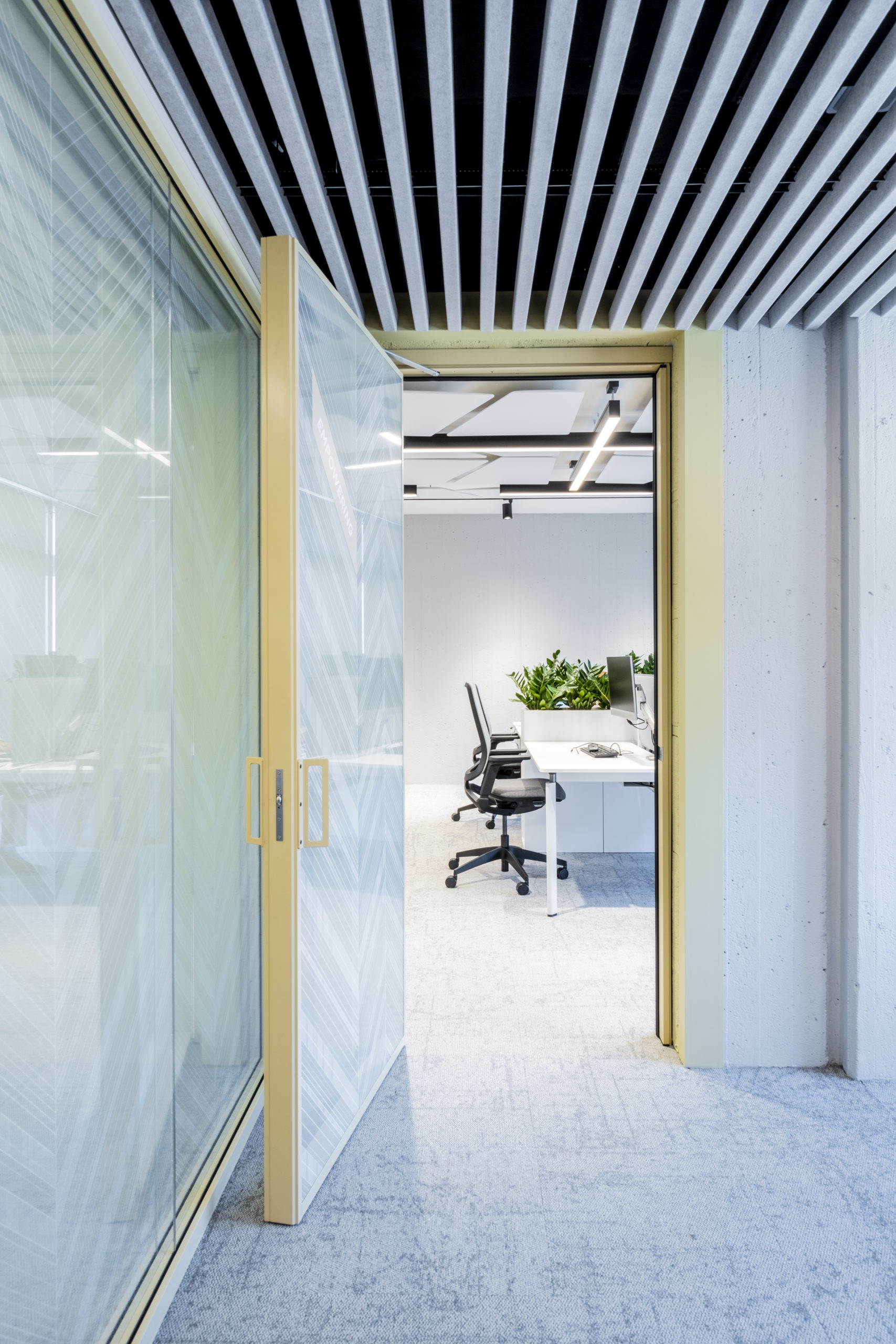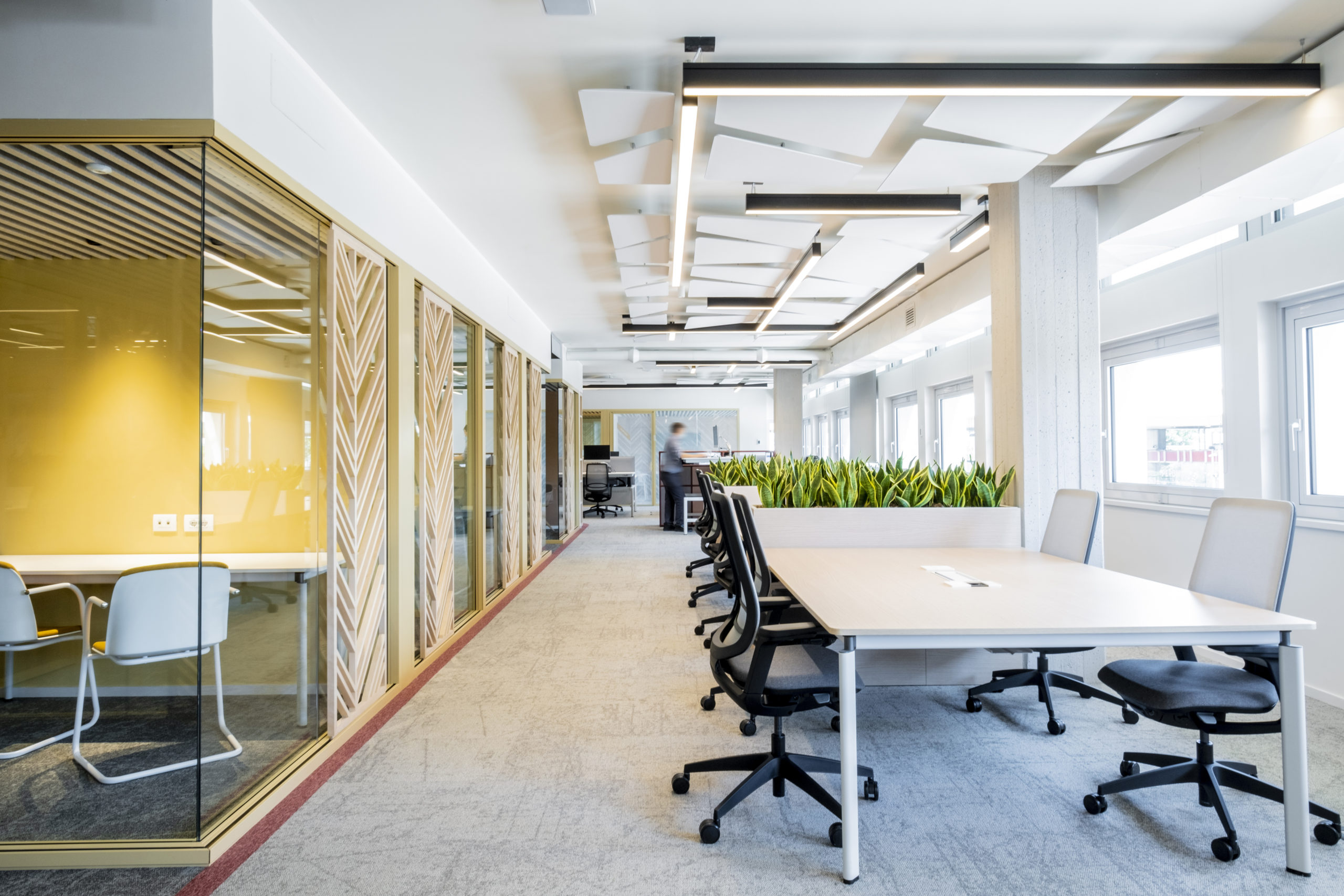Services
Challenge
When Birra Peroni decided to renovate its historical headquarters in Rome, the aim with which the company undertook this process was to create a workplace that would best intercept the post-emergency reboot phase, accelerating the digital and ecological transition to meet the needs dictated by the rapid emergence of new hybrid working models. The aim was to initiate a sustainable transformation of workspaces taking into account the different needs of the various work units and putting people's well-being and safety at the centre.
Photo: Anna Mainenti
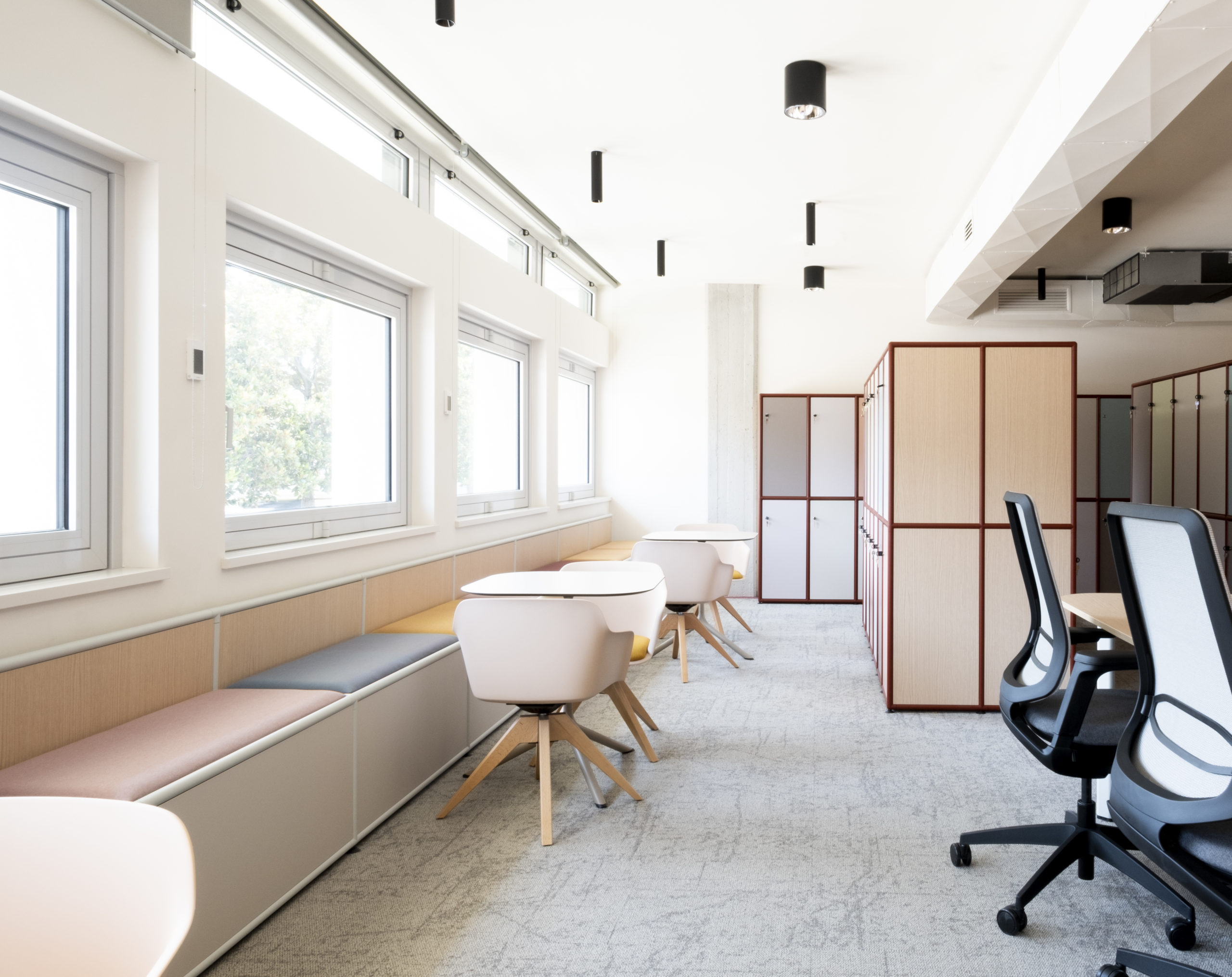
Solution
The interior design concept of the offices was created by GBPA Architects and Revalue, while our team carried out the architectural and plant upgrading operations aimed at reconfiguring the interiors and improving the building's energy-environmental performance.
The new workspaces - which celebrate the Italian spirit, culture and history of Birra Peroni - are presented as a sustainable, inclusive and interconnected working ecosystem: a workplace with a fluid layout that combines flexibility, innovation and functionality. As an alternative to traditional workstations, there are a variety of multifunctional and easily reconfigurable spaces available to employees, both open and enclosed, to ensure concentration and comfort, and spaces for relationships and aggregation that stimulate interaction, discussion, sharing and the exchange of ideas, supporting different ways of working.
Sustainability played a fundamental role in the development of the entire project designed to obtain the Leed Gold Interior Design + Construction certification. In line with the company's commitment to achieve a zero carbon footprint by 2030, the restyling of the offices significantly improved the quality standards of the working environment in terms of ergonomics, thermal, acoustic and lighting comfort to protect people's psycho-physical well-being. The renovation work has reduced water consumption by 45%, energy consumption by 35% and CO2 emissions by 33%, as well as cutting maintenance costs by around 13%. In addition, recycled and recyclable materials and local products, such as wood, from a certified supply chain were used.
Photo: Anna Mainenti
